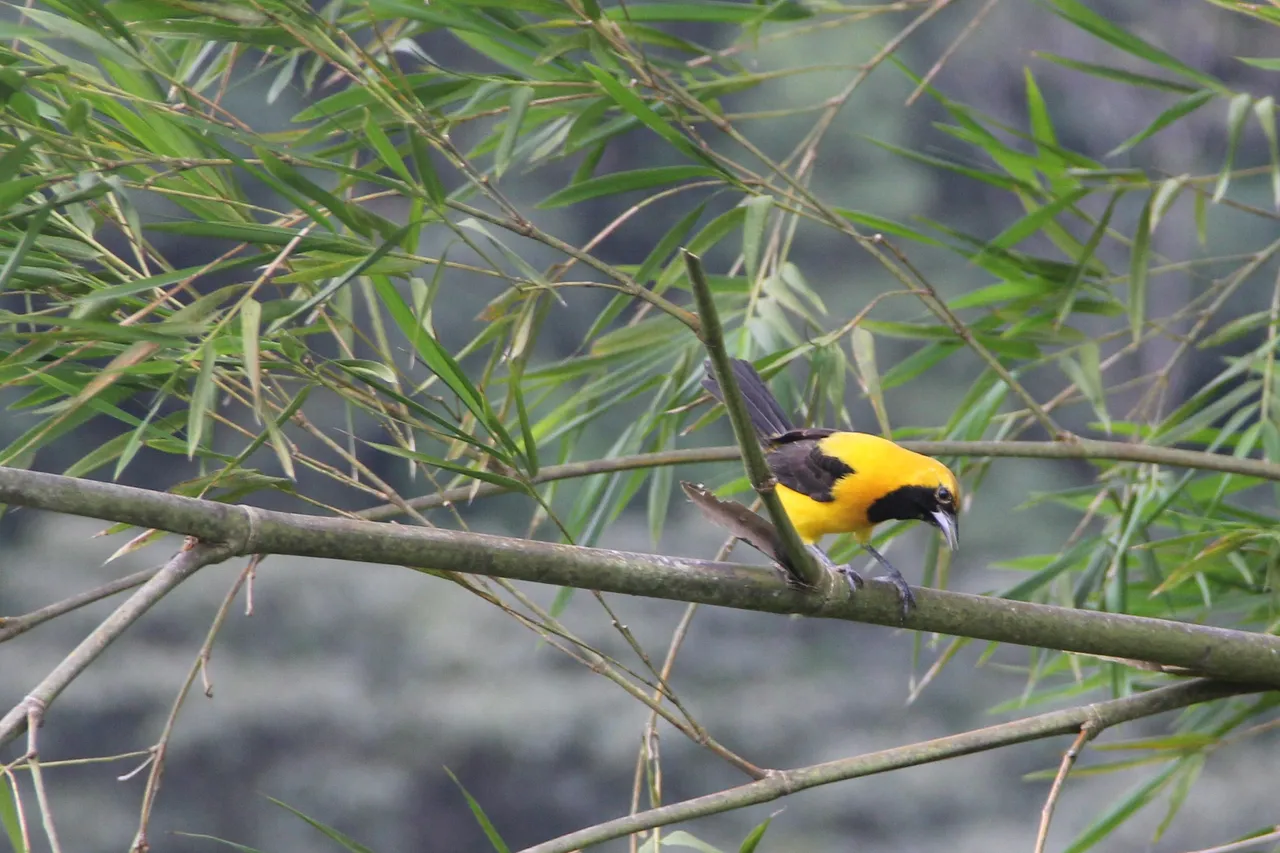Colombia is the country with the greatest diversity of registered birds in the world, winner for the second year of the Global Big Day, with a total of 1,546 in only 24 hours of observation and with 4,840 lists sent by birding participants from all over the country through the eBird application, according to the Humboldt Institute, this total of birds represents 80% of the nation's birds, whose list holds 1,900 different species.
It is a pride to belong to a nation abundant in biodiversity, especially avifauna, which represents an endless number of opportunities to improve the living conditions of the local community.
Bird watching, other words for ornithological tourism, offers options for change; That momentous step that a nation like Colombia must take to generate the trust of visitors, and the tranquility that all local inhabitants need. It is necessary to break the paradigms of violence that for more than six decades have atrophied national development. It is time for war to go down in history, not only in my country but throughout the planet earth.
Now entering into the beautiful things that God created: between them; the birds, I am going to tell you about some beauties that I have had the opportunity to register.

I want to start with the green hermit, (Phaethornis guy), this beautiful hummingbird is one of my favorites. Its silver green plumage combined with black and its two long white feathers that stand out among the other feathers of its tail, makes it a striking friend of the forest.

Another detail that grabs my attention is its long, curved bill, specially made to reach the nectar of flowers such as heliconias. It is one of the largest hummingbirds that can be observed in our territory, measuring approximately twelve centimeters.

According to the observations we have made on the farm "Buena Vista", they also visit other flowers, such as the Earrings of the Queen, Fuchsia or tendrils (Fuchsia Magellanica), hibiscus, wild bells, elongated banana flowers, among others.
Another species is (thamnophilus multistriatus) - the Bar-crested Antshrike. Thanks to its very loud laughter, it can be easily identified. It is very common in our area, and is always seen as a couple, or flock of couples. The female is of a beautiful reddish color, with shades of black and white, and the male has most of its plumage white with black, the reddish color is only observed slightly in its tail.

These tireless workers eat the insects and leave all the corners of the coffee plants and fruit trees clean, we have also seen them among the banana and plantain plants. This species is wonderful, beautiful, and the most fascinating thing is that it appears almost every day in our farm: Buena Vista.
I'm going to introduce you to one of our morning alarm clocks. Each dawn approaching 5:00 a.m., we listen to one of the most interesting melodies of the forest.

Our mountainous Turpial, (Icterus chrysater) is known in english as the Yellow-backed Oriole. It is noted either by its songs or by its intense yellow color, sometimes it is confused with the pure yellow color of ripe bananas. These orioles are happy eating bananas and plantains, limes, fruits from the healer tree, (Bocconia frutescens), and guavas (Psidium guajava).
Small but very aggressive (Amazilia tzacatl) Rufous-tailed Hummingbird is another visitor.

Who would believe that such a cute and tiny bird could be such a savage defending its garden.

It does not allow other hummingbirds to touch its most prized flowers of liberales (Salvia splendens), it will fight with the green hermit by the (Fuchsia Magellanica), and the heliconias.
An endemic species who visits our garden, and must do it quickly and carefully before the aggressive Rufous-tailed appears, is Amazilia cyanifrons, the indigo-capped hummingbird.

The observation of this endemic bird is very important, especially because it has been carried out on our farm. It also makes us very happy because we are developing ecosystems that allow the visit of these small but very important hummingbirds.
We are very grateful to the greenish flycatcher (Empidonax virescens), this bird helps us eat those wasps that affect us when we harvest coffee cherries.

This friend from the mountains, looks for pieces of corn that the hens leave on the ground. It has a song so soft that it is very difficult to hear, this is complicated by so many other, noisier birds.

To close this sample, I present to the Andean mountaineer or Andean Motmot (Momotus aequatorialis), this bird measures approximately 42 centimeters, has a blue turquoise crest that stands out among the forest, two long feathers that it moves side to side when perched on the trees .
This large bird likes to build its nests in the ravines, as internal caves, hence its common name Andean barranquero.

We have seen it eating the small almonds of Ricinus communis, worms, insects and fruits of Annona cherimola.
The photographs you have observed in this article have been taken by me, @ecoinstante on the Buena Vista farm.

Thanks to the Lord, I have had the opportunity to observe some birds in my country of origin Colombia, where I have been developing my research on birds that visit our farm Buena Vista, and I have also been able to expand the list of bird species in other neighboring places such as the private reserve of Santa Librada, the public reserve Alegrías, also on the aviary route of the Camino Real and other places of ecological interest.
I hope you like this small sample of some of the beautiful birds that can be seen in the Colombian territory.
God bless you all!